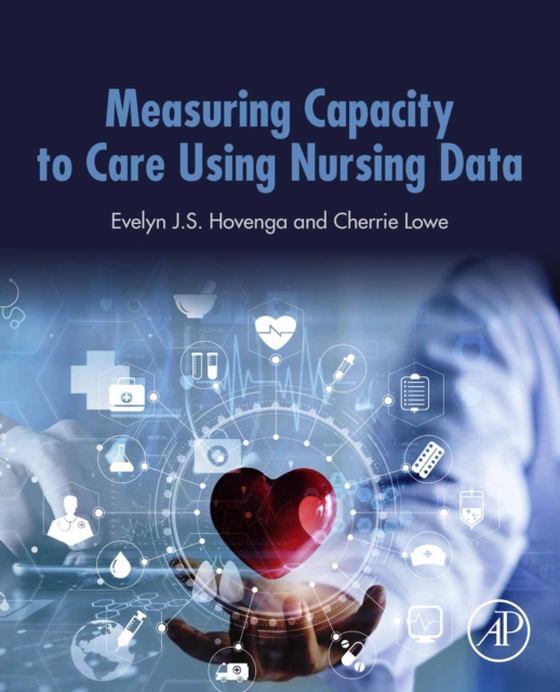
Measuring Capacity to Care Using Nursing Data e-bog
1021,49 DKK
(inkl. moms 1276,86 DKK)
Measuring Capacity to Care Using Nursing Data presents evidence-based solutions regarding the adoption of safe staffing principles and the optimum use of operational data to enable health service delivery strategies that result in improved patient and organizational outcomes. Readers will learn how to make better use of informatics to collect, share, link and process data collected operationall...
E-bog
1021,49 DKK
Forlag
Academic Press
Udgivet
13 marts 2020
Længde
498 sider
Genrer
TCB
Sprog
English
Format
pdf
Beskyttelse
LCP
ISBN
9780128169780
Measuring Capacity to Care Using Nursing Data presents evidence-based solutions regarding the adoption of safe staffing principles and the optimum use of operational data to enable health service delivery strategies that result in improved patient and organizational outcomes. Readers will learn how to make better use of informatics to collect, share, link and process data collected operationally for the purpose of providing real-time information to decision- makers. The book discusses topics such as dynamic health care environments, health care operational inefficiencies and costly events, how to measure nursing care demand, nursing models of care, data quality and governance, and big data. The content of the book is a valuable source for graduate students in informatics, nurses, nursing managers and several members involved in health care who are interested in learning more about the beneficial use of informatics for improving their services. Presents and discusses evidences from real-world case studies from multiple countries Provides detailed insights of health system complexity in order to improve decision- making Demonstrates the link between nursing data and its use for efficient and effective healthcare service management Discusses several limitations currently experienced and their impact on health service delivery
 Dansk
Dansk

